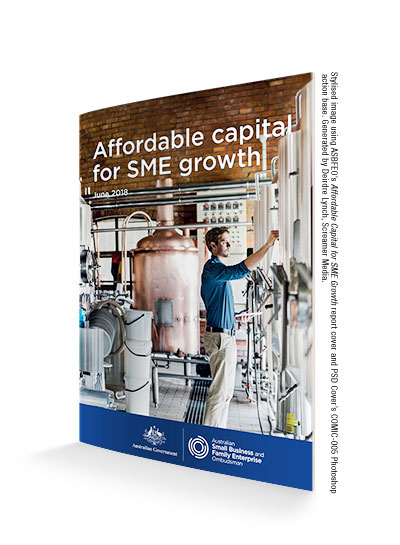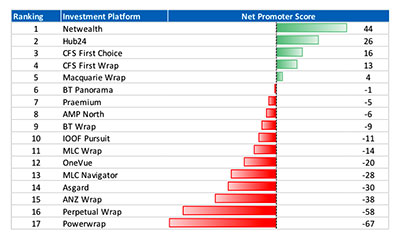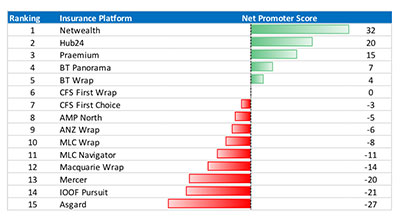CHINESE investment in Australia’s healthcare sector has surged over the past three years – not featuring at all before 2015 – to reach a total of A$5.5 billion across 16 completed deals, according to a new report from KPMG and The University of Sydney Business School.
The report, Demystifying Chinese Investment in Australian Healthcare, which covers investments into Australia made by entities from the People’s Republic of China through mergers and acquisitions (M&A) and joint ventures in calendar years 2015 to 2017, found that investment has been concentrated in the health supplement and medical treatment sectors in Australia. 
A KPMG spokesperson said to date there had been no significant investment in pharmaceuticals, biotechnology or aged care.
According to the report, $2.55 billion was invested in 2015, $1.35 billion in 2016 and $1.58 billion in 2017 through several very large deals, including the $930 million acquisition of hospital operator Healthe Care in 2015 and the acquisition of Swisse Wellness for more than $1.5 billion across 2015 and 2016.
Major deals in 2017 included the $800 million investment in Ansell’s Sex Wellness Division by Humanwell Healthcare and CITIC capital, and the $337million investment in PRP Diagnostic Imaging by Hengkang Medical Group.
On recent trends, Chinese investment groups in Australia’s health sector are predominantly privately owned. About 80 percent of deals, by value, involved private rather than state-owned Chinese companies – although there is known to be a large crossover between commercial and official governance in Chinese firms. Many investors have health sector experience at home and they have shown a willingness to make repeat investments.
Advantageous international trade agreements combined with progressive domestic initiatives such as the Federal Government’s Medical Research and Innovation Strategy and the National Innovation and Science Agenda are improving Australia’s comparative advantage in advanced health sector industries and helping drive further investment attraction.
Australia is doing well relative to many other countries. By comparison, Chinese investment into US health, pharma and biotech for the three year period reached US$4.7 billion (A$ 5.7 billion).
According to report co-author, Doug Ferguson, who is the head of Asia and international markets at KPMG Australia: Australia’s success in attracting investment is due to Chinese companies seeking the “complete Australia package”.
“Chinese investors have really shifted their investment interests to Australia’s hi-tech, high quality health products and services sector in the last three years,” Mr Ferguson said.
“Australia presents a range of country-specific advantages that include advanced technology application, quality care facilities, strong management systems and the ‘clean, green and healthy’ image for Aussie branded exports back to China.
“As China’s aged care industry develops and its medical treatment sector matures there will be a greater need for these qualities and more demand for the businesses providing them. There’s still a long way to go,” he said.
Beijing-based Jenny Yao, who is KPMG China’s head of healthcare, explained in the report that the central government’s Healthy China 2030 plan provided a very clear framework for the country’s health sector development priorities. China’s healthcare spending is expected to grow by 8.1 percent annually over the next five years, representing a big opportunity for Australia’s health sector.
“The patterns that are emerging in China’s domestic healthcare sector are likely to strengthen investment demand in the coming years as healthcare assets become a key component of many Chinese investor’s portfolios,” Ms Yao said.
GRAPHIC DEMOGRAPHICS
Professor of Chinese business and management at the University of Sydney Business School said the economic and social conditions in China explained the latest investments.
“Changing conditions in China such as rising income, wide-ranging reforms to public healthcare and new consumer preferences for the ageing all suit Australian exporters,” Prof. Hans Hendrischke said. “Foreign investment is important to build global partnerships with knowledge of foreign markets and access to international distribution networks.
“Rather than general health services, many Chinese companies seek to invest in specialist services, such as oncology, radiology, ophthalmology, IVF, and aged care. These services are replicable in the Chinese market and customised to fit the specific needs of China’s middle-to-high end consumer markets.
“Australian healthcare brands have an initial advantage in China due to their reputation for high quality products with consumers,” he said.
The report predicts that investment will broaden across all sectors in the short-to-medium term. The patterns that have emerged in Chinese healthcare investment so far will likely strengthen in the coming years as healthcare assets become a key component of many Chinese investors’ portfolios.
The introduction of Chinese policies to establish a public/private healthcare system built on ‘big health’ presents an opportunity for Australian companies to share their expertise and participate profitably in the industry’s transition and growth.
“For Australian companies, Chinese investment presents an opportunity to access capital and new markets with new supply chains with established local partners,” KPMG’s Doug Ferguson said.
“ The outcome of increased investment will be a highly competitive Australian healthcare sector that can accelerate exports as well as continue private sector investment in research and improve technological capabilities.”
www.kpmg.com.au
KEY FINDINGS
From 2015 to 2017, Chinese investment in Australia’s healthcare sector totalled $5.5 billion, across 16 major deals.
53 percent of the investment was concentrated on Australia’s health supplement sector, 47 percent in the healthcare services sector – with no major investment as yet in pharmaceuticals, biotechnology or aged care sectors.
New South Wales attracted 49 percent of Chinese healthcare investment between 2015 and 2017, followed by Victoria with 45 percent and Queensland with 6 percent.
80 percent of completed deals (by value) were by Chinese private companies from diverse backgrounds, including hospitals, specialised healthcare providers, pharmaceutical companies, construction companies and private equity.
Chinese investors are attracted to target companies that are exporting or capable of exporting to the Chinese market.
China’s healthcare spending is expected to grow by 8.1 percent annually over the next five years.
WHY INVEST IN AUST. HEALTHCARE?
Mature business services and technology.
Australia is ranked first among English-speaking countries as a destination, ahead of Canada, the UK and the US.
The small time difference with China (2-3 hours).
Stable political environment and low sovereign risks.
Transparent regulatory environment.
Long term stable economic return.
Cultural diversity.
ends



 How to resolve AdBlock issue?
How to resolve AdBlock issue? 








